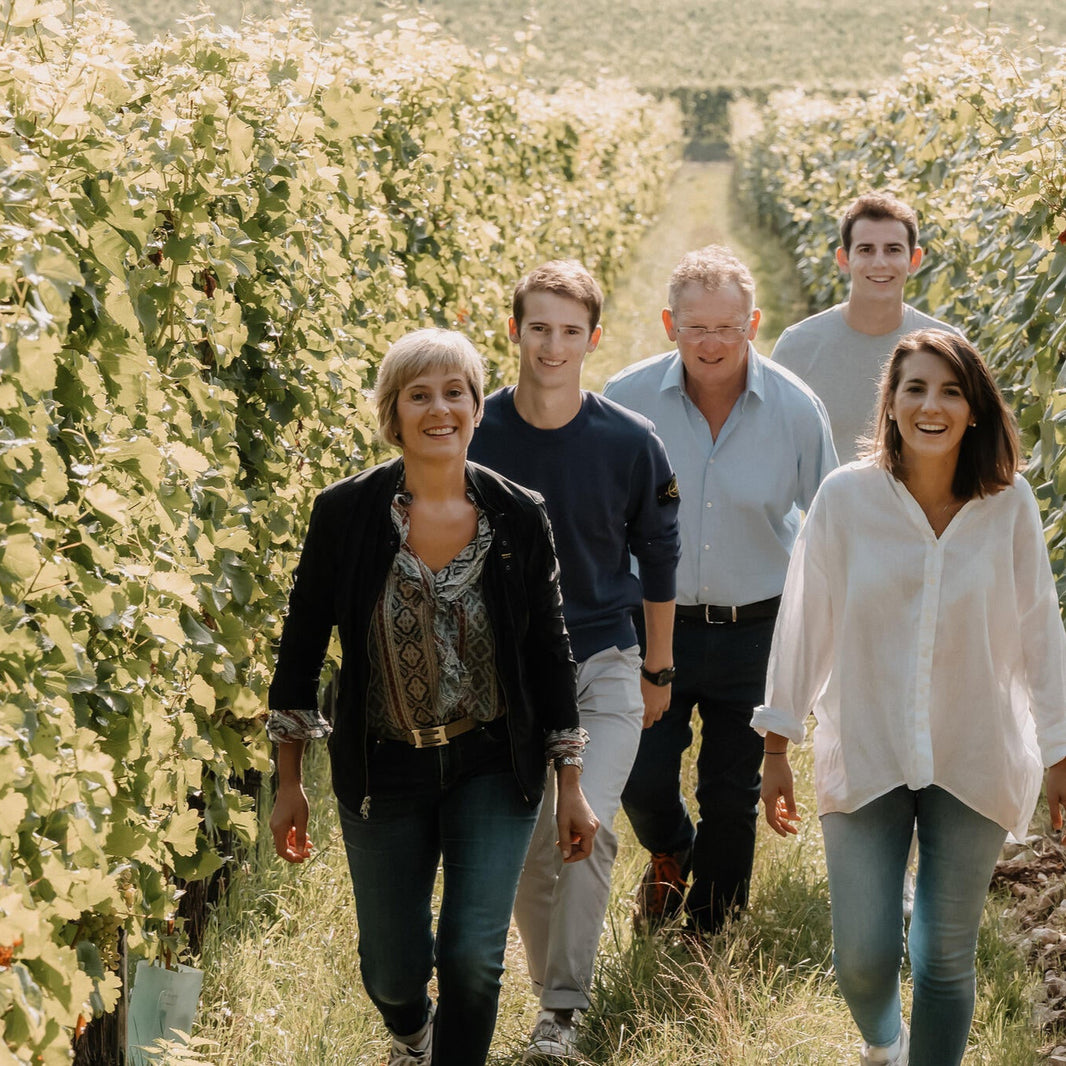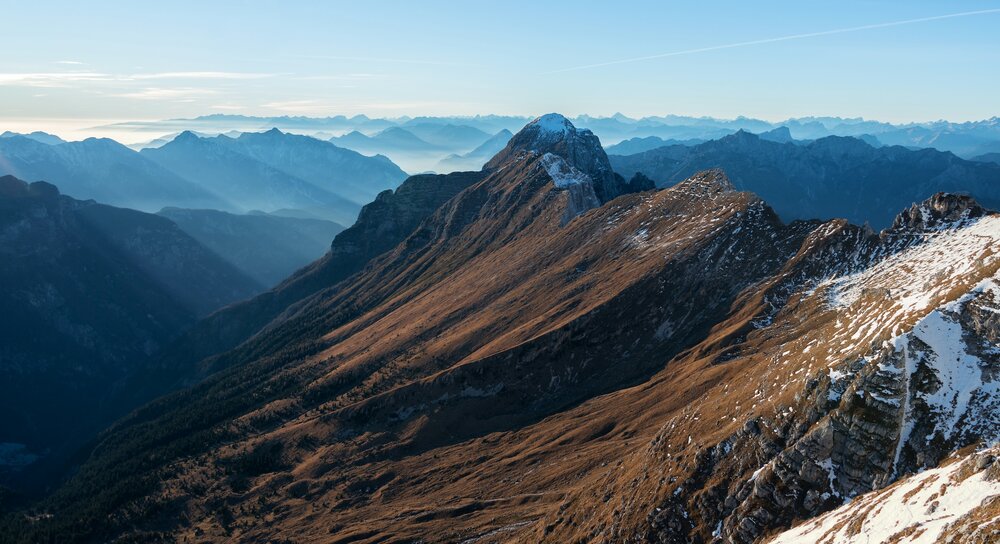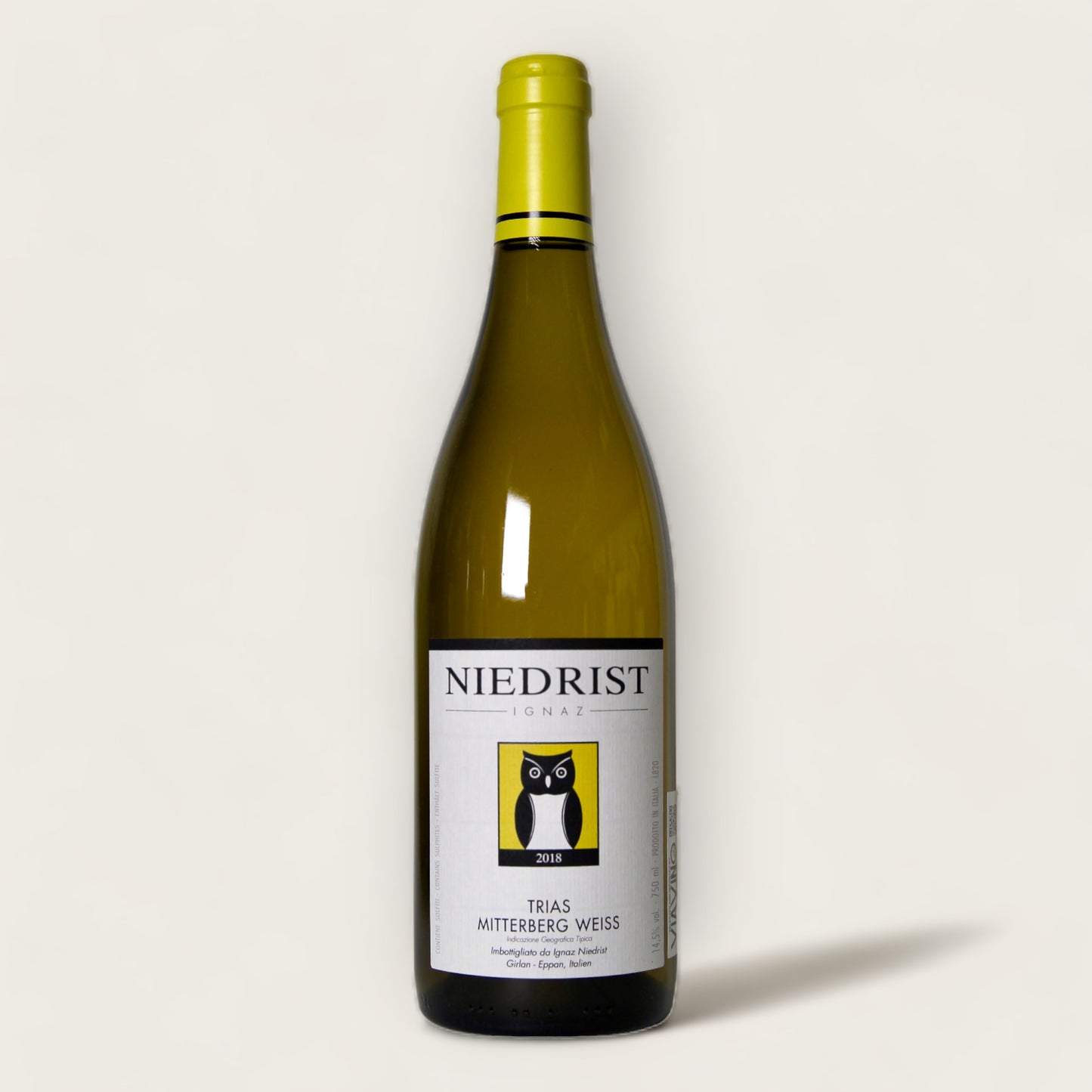Stay up-to-date with the latest news, exclusive promotions, and exciting events by subscribing to our newsletter! Sign up now and receive a 10% discount on your first purchase. Don't miss out on this great opportunity to stay connected with us and get access to special offers!
Bianco Trias Mitterberg IGT - 2018
- Tax included.
Trias Bianco is a delightful white wine blend featuring Chardonnay, Petit Manseng, and Manzoni Bianco, creating a rich, full-bodied style with the influence of various grape varieties and barrel aging.
The Ignaz Niedrist winery in Cornaiano, Südtirol, has been a Niedrist family treasure for over a century. Originally founded by Josef Niedrist, post-war challenges led to a brief pause in production. In the late 1980s and early 1990s, Ignaz and Elisabeth revived the winery, crafting top-notch regional wines. Their quality commitment involves low yields, careful grape selection based on vineyard characteristics, and a hands-off cellar approach for authentic expression of each wine's grape variety.
The result, Trias Bianco, boasts a star-bright deep yellow color, with a powerful intensity of citrus, ripe pear, and mango, complemented by a delicate toasty character. With a full body, round palate sensation, and a long, minerality-driven finish, this wine is a testament to Ignaz Niedrist's dedication to quality winemaking.
Grape Variety:
Alcohol: 14.0%
Serving Termperature °C: 10-12°C
Ageing Potential: 10-15 years
Terroir: Dolomiti

Niedrist

Dolomiti

Trentino Alto Adige


